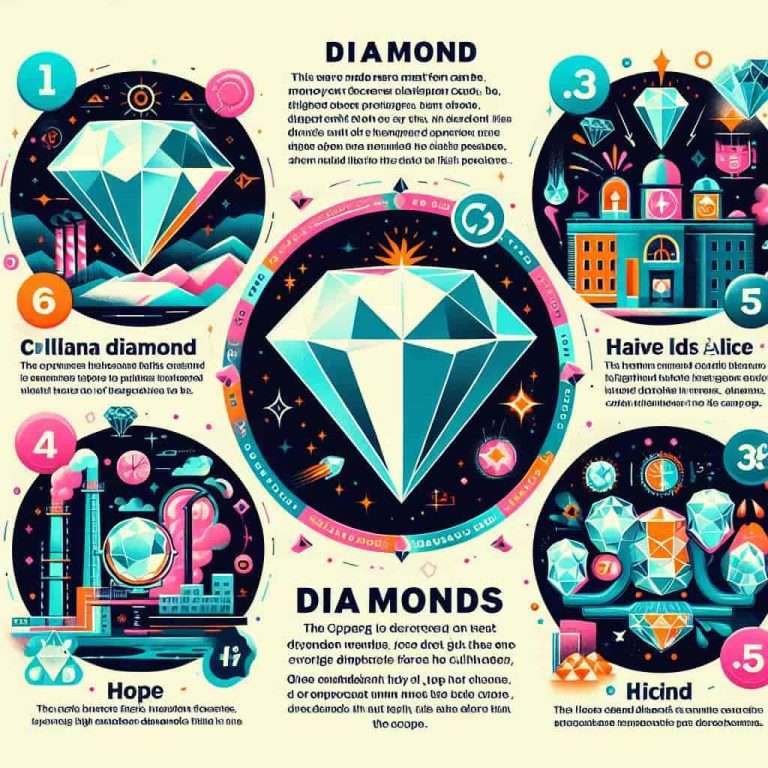What is a Pave Diamond Ring? 10 Different Styles Explained
What is Pave?
Pavé (pronounced “pa-vay”) is a type of ring setting that contains a line of small gemstones, most often diamonds.

PAVE SETTING IN JEWELRY
Pave setting is often seen in engagement rings.
Pave settings add a little extra shine to the ring while at the same time highlighting and accentuating the diamond in the centre.
Each individual diamond used in pave setting is usually between 0.01 to 0.02 carat in size.
Anything smaller would be considered a micro-pave, which we will talk about further in a later section.
WHAT IS A PAVE DIAMOND?
A pave setting can be composed of any type of gemstones, although the most common type used for engagement rings are diamonds.
A pave diamond, as the name suggests, is a ring in pave setting with diamonds.
WHAT IS A PAVE BAND?
A pave band is a ring band that contains a line of small gemstones.
With a pave band, there is no centre diamond piece or other gemstone centrepiece.
PAVE SYNONYM: WHERE IS THE WORD DERIVED FROM?
Pavé comes from the French word “to pave”.
Accordingly, the diamonds, or other gemstones, are paved in a line around the band with metal prongs or beads.
Wearing Pave Jewelry

Pave bands are often worn with an engagement ring with a plain band.
The sparkle from this beautiful setting highlights the diamond centrepiece.
Personally, I love pave rings.
In fact, my wedding band is a diamond pave band!
In comparison to a larger diamond ring, pave jewelry are much more affordable.
That is because large whole diamonds are much more expensive than small diamonds.
A pave ring with fifty 0.02 carat diamonds equate to a 1 carat diamond.
Let’s take a look at pricing.
A diamond pave ring with 1 carat worth of diamonds (illustrated above) costs about $300-$500.
A diamond ring with one whole 1 carat diamond costs about $8000-$10,000.
Of course, the price also depends on other factors like diamond and metal quality, brand name, etc.
But, this gives you a general idea of how much more valuable a whole diamond is.
Are Pave Diamonds Real?
Yes.
Pave diamonds are real diamonds.
Although they are very small and no larger than 0.02 carats each, they are nevertheless real diamonds.
Different Pave Styles Explained
PAVE
Pave is a type of ring setting that contains a line of small gemstones, most often diamonds.
Each individual diamond used in pave setting is usually between 0.01 to 0.02 carat in size.
MICROPAVE
Diamonds used in a pave setting that are smaller than 0.01 carats are considered a micropave. Micropave settings are usually used for thin bands.
A micropave diamond band will often consist of 100 diamonds or more.
FRENCH PAVE
The French pave is slightly different from the classic pave setting as each diamond is set into a small V-shaped space in the ring.
This V-shaped space allows for more of the diamond to be exposed resulting in a pave setting with more of a sparkle.
PETITE PAVE
Petite pave rings are different from the classic pave setting because the metal prongs used to hold the diamonds are much smaller.
With smaller metal prongs, each diamond is more visible.
It’s another great setting to achieve a greater shine.
SHARED PRONG
The shared prong setting look just like the classic pave setting to the untrained eye.
However, with a shared prong setting, the prongs are shared between between each diamond. The metal prongs hold each adjacent diamond next to each other.
BAR
This pave setting has metal bar accents between each diamond.
An uncommon pave setting type, but this type of setting is great for eternity rings.
SCALLOP PAVE
The scallop pave is a distinct pave setting that features U-shaped metal cutouts beneath each diamond.
BRIGHT CUT
The bright cut is a vintage style pave setting characterized by two thick bands on top and below the diamonds.
BEZEL
With the bezel setting, each diamond is held together by a surrounding metal.
SURFACE PRONG
The surface prong is the most common type of pave setting.
Each diamond is held in place by tiny metal prongs that can be of various shapes.
Should You Buy a Pave Setting Ring?

Pave rings have a beautiful and elegant setting that comes in many different styles.
Their versatile design is loved by so many.
Knowing the features of a pave setting ring will help you evaluate whether or not this setting is for you.
PROS
ATTENTION TO CENTRE STONE
A line of small diamonds surrounding a large diamond centrepiece has the ability to really grab attention and highlight that beautiful stone.
ADDS SHINE
The pave setting is an affordable and subtle way to add sparkle to a ring.
VERSATILE DESIGNS
Just take a look at the different pave styles listed above.
There are so many different kinds.
Whether you are into traditional designs or modern designs, surely, there will be a style that will catch your eye.
CONS
CAN BE DIFFICULT TO RESIZE
If the small stones are set around the full band, it can be difficult to resize
SIDE STONES MAY FALL OUT
There is a small chance that the small stones may fall off.
Why Buy Pave Jewelry?

Pave rings are an excellent choice for people who values affordability while still looking for a ring that provides maximum sparkle.
TIPS FOR BUYING PAVE JEWELRY
Take a look at the 4C’s when choosing the perfect diamond ring:
- Cut: The cut of the diamond refers to its angles, proportions and symmetry.
- Clarity: The clarity of the diamond is evaluated based on how clean it is from blemishes.
- Colour: The colour of the diamond is graded on how colourless it is.
- Carat: The carat of a diamond refers to its weight and size
WHY CHOOSE A PAVE ENGAGEMENT RING?
The pave setting is often used for engagement rings to create the appearance of a larger centre stone.
It adds an extra shine to the ring while at the same time highlighting and accentuating the diamond in the centre.






